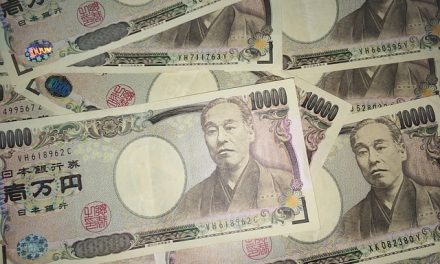Part 1 of our series on Japanese insurance
When you start working for a Japanese company, the company will have you enroll in several types of insurances. The insurances are together called shakai hoken, or the Social Insurance System. Let’s learn what the Social Insurance System is and how it works.
Keypoints
- The Social Insurance System consists of five insurances: kenkou hoken, kousei nenkin hoken, kaigo hoken, rousai hoken, and koyou hoken
- People who fulfill the criteria of each insurance are required to enroll in the insurances
- For more information, including criteria and benefits, please read part 2, 3, and 4!
What is the Social Insurance System?
The Social Insurance System is an insurance system, consisting of five types of insurance: 健康保険 (kenkou hoken or Health Insurance), 厚生年金保険 (kousei nenkin hoken or Welfare Pension Insurance), 介護保険 (kaigo hoken or Long-Term Care Insurance), 労災保険 (rousai hoken or Workers’ Compensation Insurance), and 雇用保険 (koyou hoken or Employment Insurance).
Often times, however, the Social Insurance System only refers to Health Insurance and Welfare Pension Insurance.
Health Insurance
In Japan, there are two types of insurances called “health insurance,”: the Employee’s Health Insurance and National Health Insurance. Basically, the former is for employees at companies. On the other hand, those who are unemployed, self-employed, or work for a company with five employees or fewer enroll in National Health Insurance.
Both health insurances cover 70 percent of your medical costs, including prescriptions and treatments. The insurances also cover your family members’ medical costs. However, the Social Insurance only includes Employee’s Health Insurance.
Pension Insurance
Pension Insurance is an insurance that supports your life after your retirement. You may be able to receive benefits when you become disabled depending on some situations. There are two types of Pension Insurance: Welfare Pension Insurance and National Pension Insurance.
Those who are unemployed, self-employed, or work for a company with five employees or fewer enroll in National Pension Insurance, instead of Welfare Pension Insurance. You need to pay the premium for at least 25 years in order to be eligible to receive the pension after you retire.
The monthly premiums for Welfare Pension Insurance is paid by both you and your employer. A half of the premium is taken from your monthly wages. On the other hand, your employer does not pay for your National Pension Insurance. You need to pay the whole premium by yourself if you are enrolled in National Pension Insurance.
Long-Term Care Insurance
Long-Term Care Insurance is an insurance to support those who are 65 years old or older who need custodial care. When you turn 40 years old, you start paying the premium together with the Health Insurance premium until you turn 65. Your employer pays the half of the premium like the Pension Insurance premium.
Those who require care to accomplish day-to-day activities, such as eating, bathing, going to the bathroom, changing clothes, and and those that are experiencing physical or mental illnesses but are likely to recover can receive financial help for their care and assistance.
Employment Insurance
Its purpose is to support workers’ stable employment and help unemployed workers get re-employed as soon as possible. In order to receive the benefits of the insurance, you need to be considered as “being unemployed.”
When you are unemployed, you may be eligible to receive support including daily benefits and transportation fees for job interviews. There are several criteria to be judged as “being unemployed,” and we are going to learn more about it in part 2 of our serious on Japanese insurance.
Workers’ Compensation Insurance
Workers’ Compensation Insurance is an insurance that provides medical benefits and wage replacements to workers who have been injured, disabled, or dead while the worker is working or commuting to work. Unlike Health Insurance, this insurance does not apply for injuries, birth, illness, or anything that is not related to work.
If you have treatments or operations for your injuries or illnesses, you can receive benefits that cover the full amount of medical costs. If you take off work because of injuries or illnesses caused from work, you can receive 80 percent of your daily salary every day from the fourth day.
By the way, you may hear something about “Labor Insurance.” Workers’ Compensation Insurance and Employment Insurance are together called the Labor Insurance System.
Complicated but helpful
Honestly, the insurance system is complicated. There are many rules, criteria and calculations involved, and it can be very confusing and frustrating. However, the goal of the system is to support you and your family’s life.
So, make sure to pay the premiums to be able to use all the helpful support and benefits the insurance provides.
Part 2: Employment Insurance
Part 3: Workers’ Compensation Insurance
Part 4: Health Insurance





